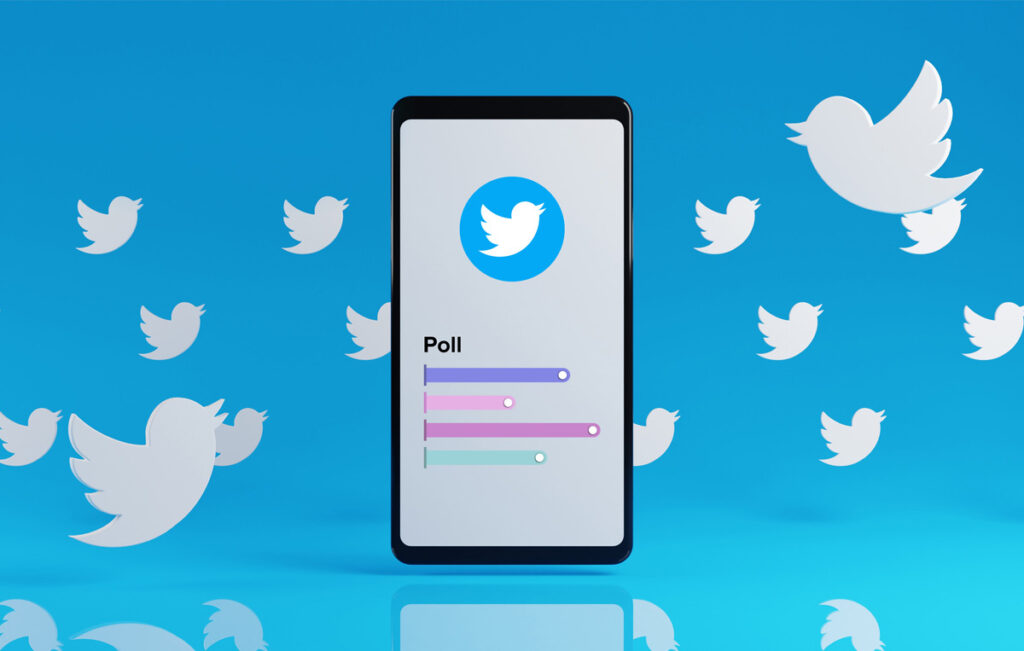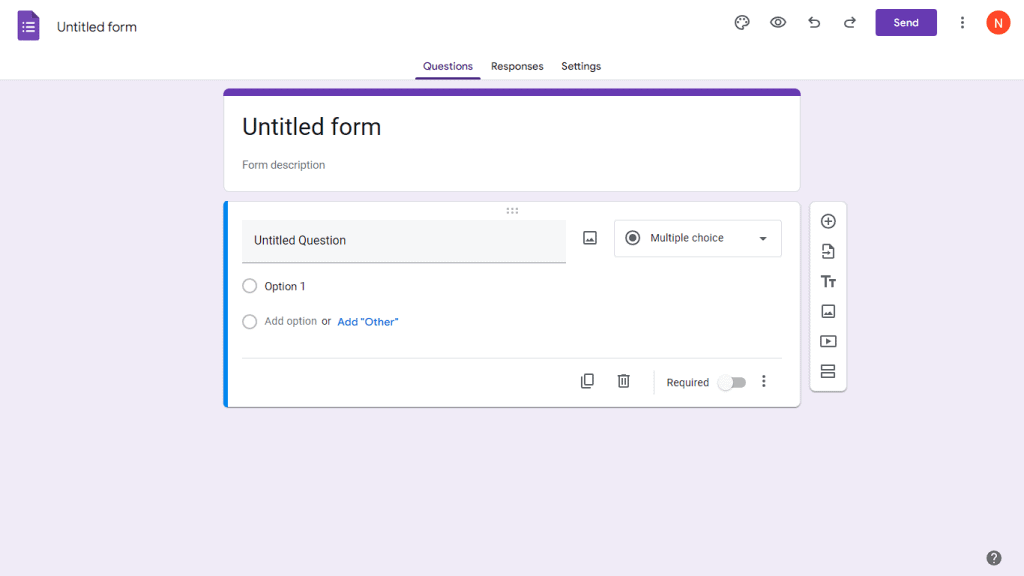Social media polls provide a fantastic way for users to make their voices heard and participate in conversations amongst themselves. Twitter polls can be a fantastic method to spark discussion since they’re easy to design and maintain.
What if you wanted to learn who participated in the poll? What can you do to determine if people in a certain demographic agree with your idea, branding, or even your product?
In this piece, we’ll show you how to find out who has been a part of your Twitter poll.
Do You Know What People Did in Twitter’s Polls?
There is no way to know those who have voted in the Twitter Surveys – as per Twitter, the polls are entirely private.
They are one of many Twitter tools (such as Twitter Lists) that some users use while others don’t.
But, ever since Twitter launched its Poll Feature to all users on the Blue Platform, polls have been conducted anonymously.
What Can You See To Find Who Did Twitter’s Poll On Who

Twitter offers a feature that lets users make polls. These polls allow you to ask questions and seek answers from people. It’s also cool that you’ll be able to determine who voted and look at their results. Even though Twitter isn’t an integrated feature that lets you see those who took part in polls, several methods exist to get insights about similar issues.
Are You able to see Who voted on Twitter’s poll?
Unfortunately, Twitter has ensured that the voter’s anonymity is the top concern for polls. Therefore, regardless of whether you’re the author or participant, the public cannot directly determine those who participated in the poll. Twitter used this method to promote participation by all, respect the privacy of its users, and encourage honest answers. Although anonymity is a benefit, finding specific information regarding poll participants is also somewhat tricky.
Method 1: Use the Comment Section
Another way to get information about the poll’s participants and determine the people who have voted for whom on Twitter is by using the comment section. How to get use of this feature:
- Respond to questions or comments.
- Ask participants to provide additional feedback via open-ended, unanswered questions regarding the survey.
- create a warm, welcoming atmosphere that values participants’ opinions and acknowledges their contributions.
- Make your call-to-action comment section short and straightforward to encourage people to participate.
Method 2: Integrate Google Forms and other tools from the outside.
Another alternative is to utilize other tools, such as Google Forms, for more significant details about Twitter people participating in polls. This is how to do it:
- You can create a poll using Google Forms, which offers the flexibility to format questions and answer alternatives.
- Modify the format of your poll to suit your particular needs, like including multiple answers or questions.

- Add optional fields to the form to capture the contact details of participants if you’d like the information.
- Make use of the information collected on the questionnaire to gain insights into those who participated in the poll and their further details.
Be aware that these techniques can provide helpful information on the poll participants. However, they will not reveal specific people’s identities in Twitter polls.
Conclusion
For businesses who want to hold polls on their products, Twitter is a beautiful option.
But it’s vital to know that Twitter doesn’t allow users to track who voted for the survey.
If you’d like to find out those who took part in your Twitter survey, follow this tutorial and learn two methods to accomplish this.
Commonly asked questions
Are there ways to find out who voted in an online poll on Twitter?
This isn’t directly coming from Twitter. Twitter has made sure that polls are completely anonymous. This means that it’s impossible to know who participated in the surveys. You could employ other techniques to find out who took part, like Google Forms and the comment section.
What’s the problem with anonymous Twitter surveys?
Twitter has ensured that polls held through their platform remain anonymous, which means that the names and profiles won’t be revealed when voting, nor will the participants reveal whom they created the poll. This has prompted the participation of more people in polls.